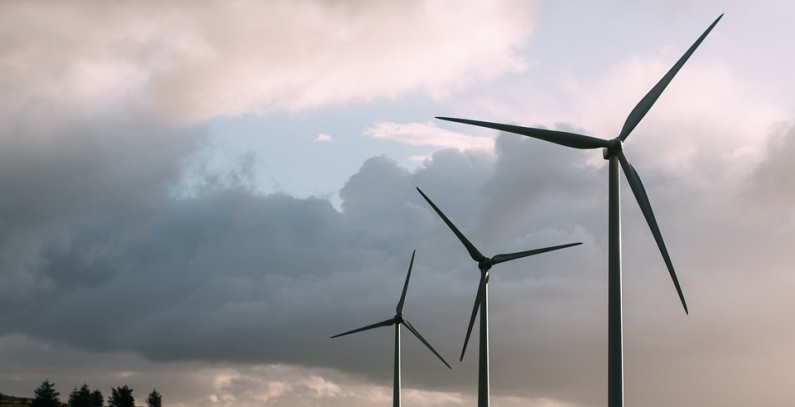
Photo: Pixabay
Slovenian energy companies Plinovodi, ELES, Holding Slovenske elektrarne (HSE) and Hidroelektrarne na spodnji Savi (HESS) have joined forces in SLOP2G – an innovative project for the conversion of renewable electricity to green hydrogen and synthetic methane.
The participants said the endeavor is a step toward a carbon-free society and energy transition in the field of merging the electricity and gas sectors.
Slovenia established its first green hydrogen project
Slovenia’s first green hydrogen project brings together the country’s major players. Plinovodi manages the natural gas transmission system, and ELES is the transmission system operator. HSE is the main producer and trader of electricity and HSEE runs hydropower plants.
Renewable electricity will be converted to green hydrogen and synthetic methane
SLOP2G will be applied in two locations, where renewable electricity and the surplus of electricity in the system will be used to make green hydrogen and, through methanation, converted into synthetic methane. Both gases will be available for injection into the gas transmission network and for use by industrial and commercial users.
Green hydrogen will be distributed through hydrogen pipelines and synthetic methane can be used in the gas lines, the companies said.
An important part of the project is to establish a trading platform for renewable gases with certificates of origin.
Application sent to European Innovation Fund
The four entities have applied the infrastructure project for green gas and the alliance of electricity and gas sectors at the European Innovation Fund.
The partners said it meets the high standards of the public call and that it indicates future developments in the Slovenian power industry.
The project is supported by three Slovenian ministries
In addition to converting green electricity into green gas, the cooperation demonstrates infrastructural intertwining of electricity and gas sectors, which will have a much larger impact, they added.
Green hydrogen is a connecting link and energy product for the transition into a carbon-free society as declared by the European Union in its European Green Deal and the strategies for hydrogen and linking the energy system.
The project is supported by the Ministry of Infrastructure, the Ministry of the Environment and Spatial Planning and the Ministry of Defence.
Green methane is compatible with natural gas
ELES has a supporting role and it is contributing its several years of experience, said its Strategic Innovation Department Director Uroš Salobir.
“With the current infrastructure and the capability of consumer devices, the share of hydrogen that can be added to gas is normally 5% to 6% or a maximum of 10% in some cases. But as natural gas is mostly methane, hydrogen can be converted using carbon dioxide and fully utilized in gas supply. The concentration of CO2 in the air is too low, so green methane is usually produced from biomass,” he told Balkan Green Energy News.
Salobir is also the Vice-Chair of the Research and Development Committee (RDIC) of the European Network of Transmission System Operators – ENTSO-E.


















Be the first one to comment on this article.